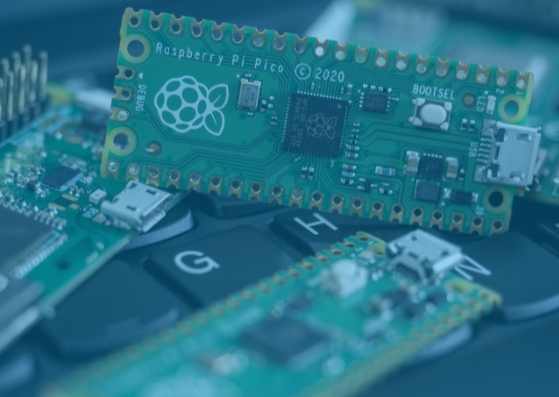
As we find that more and more customers are looking for a custom Raspberry Pi case, we thought it would be helpful to share these 3 things to consider before you approach your manufacturer.
So, if you are looking for an enclosure that holds a Raspberry Pi or includes one alongside other components and/or configurations read on…
1. Planning makes the perfect Pi case
At the outset carefully plan out your case. Why not go ‘old school’ and get a pencil and draw your case. Just make sure you get an outline of it on all sides. This will give you a clear indication of the various components that need to be accommodated and connectors that will need openings.
This outline will provide a useful starting point for specifying your case. Then you can note things like the location of the Pi’s SoC, (overheating with prolonged use can occur so an opening for hot air to release is suggested) and spacing around cables and SD card to reach their destination, (for instance, the HDMI connector will need enough space around the port for the rubber moulding on mating cable).
Then what other hardware will you be hosting (camera, display, battery or RFID component etc)? Where do these need to be in relation to the Pi? And what are the best placement/dimensions to accommodate these?
2. Understanding its purpose
As expert custom electronic case manufacturers, we suggest you take time to fully understand the current and future purpose of the project you’re working on.
What special requirements are needed? Where, when, and who will be using it? Does it have brand, health and safety, weatherproofing or aesthetic considerations that need to be taken into account? Is weight, impact resistance or hygiene important? All these elements will inform the specification, in particular, the type of material you use.
The number of cases required, the type of material and the manufacturing method used are the main factors dictating the price per unit. Talk to a custom electronic case manufacturer, like CDT, who can provide information on the types of material and finishes available to suit your requirements.
3. Injection moulding vs custom plastic machining
For anything less than 10,000 custom plastic machining provides better cost-efficiency compared to injection moulding (because it doesn’t need to use mould tools so there are no expensive moulds to produce or dies to cut).
Using a custom manufacturing process like ours means that modifications are easier and faster. The process also provides the greatest flexibility of design which is especially useful for prototype development and for marketplaces with ever-shortening product life cycles.
Also, if the precision of your custom plastic parts is important then plastic machining is often preferable. The telecommunications, aerospace and medical equipment sectors which tend to need the closest possible tolerances often choose plastic machining for its superior precision.
Lastly, the types of plastic materials you can use for injection moulding is limited. Rubbers and other flexible materials are ideal for moulding; however, many harder, high-performance speciality plastics can only be machined. So, if you have a specific advanced plastic in mind for your electronic casing, do check it is a viable option for injection moulding.
In conclusion
So, if you don’t want to settle for an off-the-shelf Pi case and instead go for a custom Pi case we hope that this blog helps you enjoy a smoother, speedier turnaround of your custom Pi case project.
And if we can help, or you would like to discuss any of the points raised in this article, please do get in touch with us here at CDT, one of the UK’s leading custom enclosure manufacturers, on 01280 845530.
